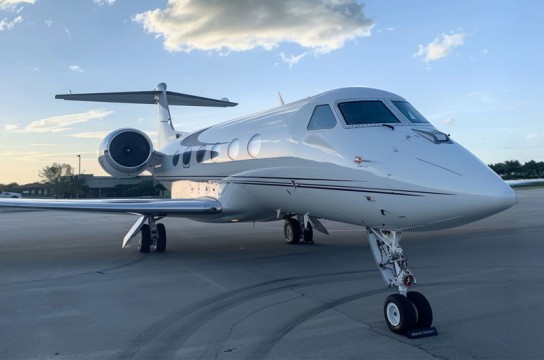Acquiring an aircraft is a significant investment, whether for personal or business purposes. With a plethora of options available in the market, choosing the right aircraft can be a daunting task. From considerations like budget and intended use to maintenance and regulatory compliance, buyers need to navigate through various complexities to make an informed decision. This comprehensive guide aims to streamline the aircraft acquisition process, providing prospective buyers with essential insights and tips to facilitate a smooth and successful purchase.
Understanding Your Needs:
Before diving into the aircraft market, it's crucial to assess your requirements thoroughly. Consider factors such as the purpose of the aircraft (e.g., personal travel, business trips, cargo transport), the number of passengers it needs to accommodate, range requirements, and operational preferences. Understanding your needs will narrow down the options and ensure that you choose an aircraft that aligns with your specific requirements.
Setting a Realistic Budget:
Establishing a budget is perhaps the most critical aspect of aircraft acquisition. Determine your financial constraints, including not just the purchase price but also ongoing operational costs, maintenance expenses, insurance, and regulatory fees. While it's tempting to opt for the latest and most luxurious models, it's essential to strike a balance between affordability and functionality. Consulting with financial advisors and aircraft experts can help you set a realistic budget that accounts for all associated costs.
Researching Available Options:
With a clear understanding of your needs and budget, research the available aircraft options in the market. Consider factors such as aircraft type (e.g., single-engine piston, turboprop, jet), manufacturers, models, and performance capabilities. Online resources, industry publications, and specialized aircraft brokers can provide valuable insights into different aircraft types and their suitability for your requirements.
Pre-Purchase Inspection and Evaluation:
Once you've identified potential aircraft candidates, conduct thorough pre-purchase inspections and evaluations. This involves assessing the aircraft's maintenance history, avionics systems, engine condition, airframe integrity, and compliance with regulatory standards. Hiring a qualified aircraft inspector or mechanic to perform a comprehensive inspection is essential to identify any potential issues or discrepancies that could impact the aircraft's airworthiness and value.
Legal and Regulatory Compliance:
Navigating the legal and regulatory aspects of aircraft acquisition is crucial to ensure a smooth and lawful transaction. Familiarize yourself with applicable aviation regulations, registration requirements, import/export procedures, and tax implications. Engage legal counsel specializing in aviation law to oversee the transaction and ensure compliance with all relevant regulations and documentation requirements.
Negotiating the Purchase:
Once you've completed due diligence and are satisfied with the aircraft's condition and compliance, it's time to negotiate the purchase terms. This involves negotiating the purchase price, payment terms, delivery logistics, and any additional provisions or warranties. Be prepared to negotiate with sellers or dealers, leveraging your research and inspection findings to secure a fair and favorable deal.
Post-Purchase Considerations:
After completing the purchase, there are several post-purchase considerations to address. Arrange for aircraft insurance coverage, establish a maintenance schedule, and ensure compliance with ongoing regulatory requirements. Additionally, consider joining aviation associations or clubs to network with other aircraft owners, access resources, and stay updated on industry developments.
Conclusion:
Acquiring an aircraft can be a complex and multifaceted process, but with careful planning and research, buyers can navigate through the challenges and make informed decisions. By understanding their needs, setting realistic budgets, conducting thorough inspections, and ensuring legal compliance, buyers can streamline the aircraft acquisition process and enjoy the benefits of aircraft ownership for years to come



